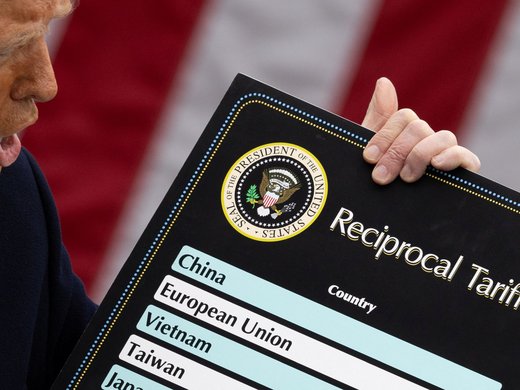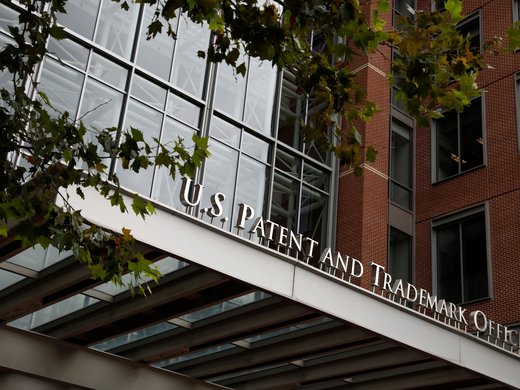Following the signature of the Canada-European Union Comprehensive Economic and Trade Agreement (CETA) on Oct. 30, the agreement is now expected to come into force provisionally sometime in 2017.
Immediately, business firms will be able to take advantage of the elimination of tariff lines on a large number of goods traded between Canada and the European Union. However, there are a number of obstacles to trade and investment that will remain, notably those related to standards, rules, regulations and procedures.
Differences and duplication between Canada and the European Union on such issues represent additional transaction costs for Canadian firms doing or wanting to do business with or in the European Union (or vice versa). These costs ultimately reduce the economic welfare of Canadians and Europeans. But as a second-generation free trade agreement, CETA aims to increase the well-being of Canadians and Europeans by also reducing, if not eliminating, beyond-the-border obstacles to trade and investment.
What needs to be understood now, as I detail in a research paper released this week, is how important implementation of CETA will be to making the most of it — or even to ensure it is beneficial at all. Learning how to best navigate those rules and regulations will be key. There are several areas that will be essential to get right — here are three suggestions to get started.
1. Make the certification process simpler
If a good has to obtain an official certification that shows it meets certain standards in order to be consumed in both Canada and the European Union, then it would make sense to develop a procedure whereby the enterprise producing this good would only need to have it certified once by one certification agency, which would be recognized by both Canadian and EU authorities. Otherwise, the need to go through two separate certification processes — one in Canada and one in the European Union — may prove too costly for a firm, which may then decide that exporting the good in question to the other CETA party may not be profitable after all.
This would be a lost opportunity in terms of trade and value creation (lost revenues and profits for the producer, lost variety for consumers, and so on). This means, for instance, that the Standards Council of Canada (SCC) will need to work with the European Commission’s Directorate-General for Internal Market, Industry, Entrepreneurship and SMEs [small and medium-sized enterprises] and the European Standards Organizations in order for Canadian certification bodies to be accredited to offer the CE-marking certification to Canadian firms and their products.
Obviously, EU accreditation organizations will also have to be allowed to offer European firms the National Standard of Canada stamp of approval on their products. CETA’s Protocol on the Mutual Acceptance of the Results of Conformity Assessment provides the basis for Canadian and European cooperation in this matter.
2. Coordinate closely on labour mobility
CETA aims to facilitate the mobility of labour between Canada and the European Union. It does so in two ways: the temporary entry and stay of natural persons for business purposes (chapter 10) and the mutual recognition of professional qualifications (chapter 11). The goal of these two chapters is to make trade in services and investment between Canada and the European Union easier.
For instance, in the case of professional services, a Canadian engineer or an architect might have to spend a significant period of time in the European Union to manage or supervise a project under a contract obtained by a Canadian engineering firm. In such a case, the engineer or architect in question has to be able to remain in the European Union for more than the three-month limit currently in place for visitors. Moreover, this person would need to have his or her professional qualifications officially recognized in the European Union in order to sign statutory documents that may be required by the authorities.
In the case of investment, a Canadian company may wish to send one or several of its employees to oversee a new investment in the European Union (for example, the building of a new factory or the acquisition of a European company), for a period of more than three months. To make chapter 10 work in practice will require close cooperation and coordination between Canadian and European immigration authorities as well as between those responsible for border services.
Furthermore, border guards will need to be properly informed and trained about the new CETA provisions with respect to the temporary entry and stay of natural persons for business purposes, such that Canadians or Europeans are not unduly delayed (or even blocked) when they arrive at the point of entry.
In terms of the recognition of professional qualifications, the Canadian federal government and the European Commission can only encourage occupational regulatory bodies in Canada and the European Union to propose and negotiate mutual recognition agreements (MRAs) with each other. Given that it is ultimately the professional and technical regulatory bodies at the provincial and member-state level that will decide if, when and how they negotiate and conclude MRAs with each other, it seems appropriate and necessary for the MRA Committee to involve and coordinate with (Canadian) provincial and (EU) member state governments in the process of convincing such bodies to explore and undertake MRA negotiations. Provincial and member-state governments could, in some cases, provide incentives for these bodies to negotiate and conclude MRAs.
3. Carefully construct CETA’s institutional structure
Once CETA comes into force, there will be a lot of work to do to get rid of or reduce beyond-the-border obstacles. And it will only happen if there is a strong commitment to implementing the agreement effectively and completely at all levels of government, in Canada as well as in the European Union.
This is why Canadian and European authorities have to develop institutions and procedures that will allow Canadian firms to export products, services and people to the European Union (and vice versa) without having to undertake lengthy and costly steps (assuming they exist in the first place), which would represent significant obstacles to CETA’s goal of liberalizing trade and investment between Canada and the European Union.
To manage CETA’s implementation in an effective and timely manner (i.e., get the job done), the agreement has actually foreseen a complex institutional architecture with the CETA Joint Committee, the contact points and the specialized committees. However, this CETA institutional structure needs to be linked with the rest of the machinery of government operating at the federal and provincial levels in Canada and at the supranational and national levels in the European Union.
Stakeholders, most especially the business community, on both sides of the Atlantic will need to monitor closely the implementation work being done to identify issues or areas that are not being dealt with in a proper and timely fashion.
In other words, they will need to keep the feet of Canadian and EU politicians and bureaucrats close to the CETA fire.


